#Zakes Mokae
Text
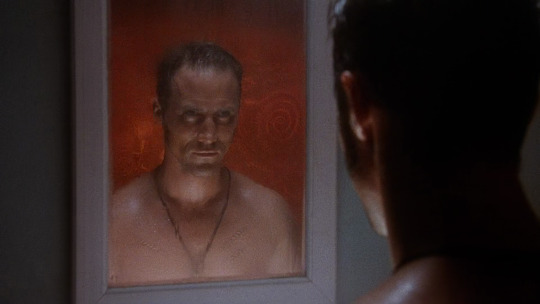

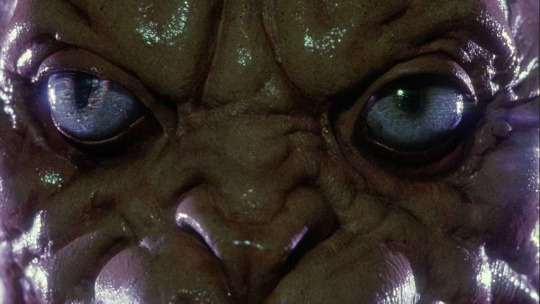



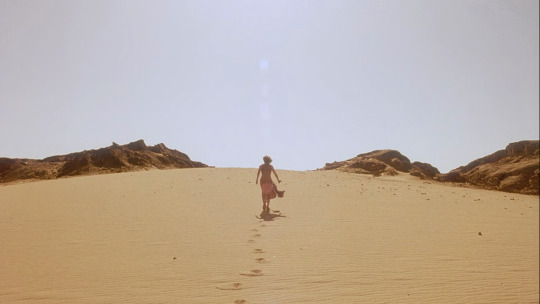

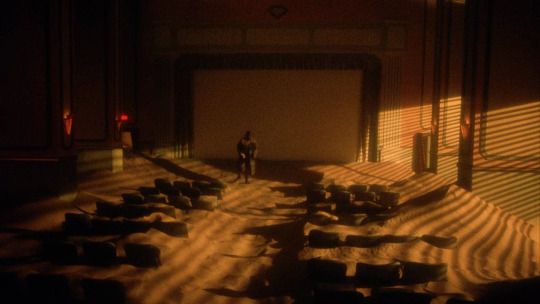

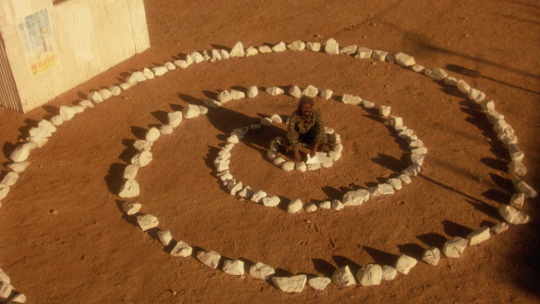



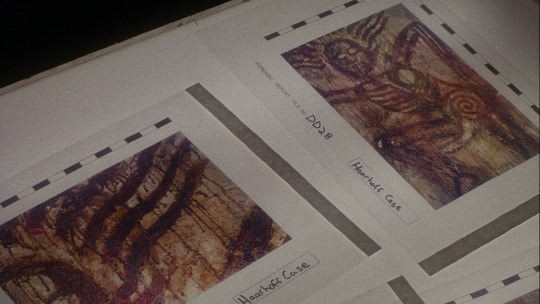
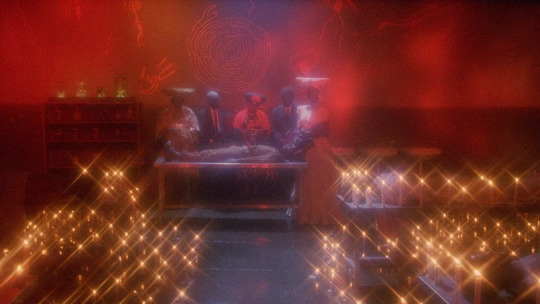
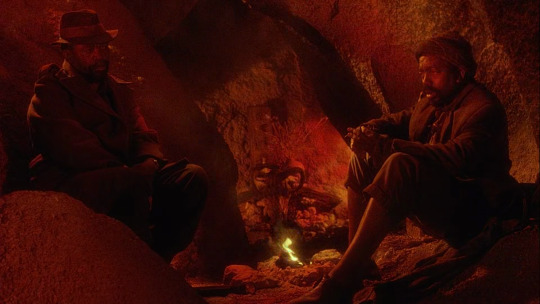

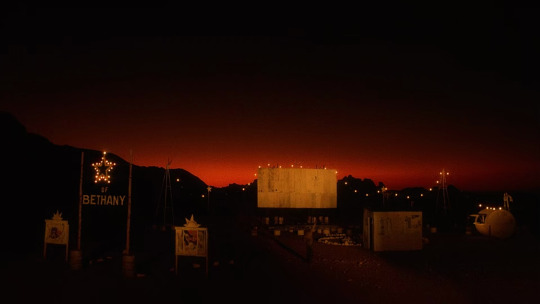
Dust Devil (1992, Richard Stanley)
82 notes
·
View notes
Text
BODY PARTS (1991):
Post car accident
Man’s arm replaced with killer’s
Evil in the flesh?
youtube
#body parts#random richards#poem#haiku#poetry#haiku poem#poets on tumblr#haiku poetry#haiku form#poetic#jeff fahey#lindsay duncan#Kim Delaney#zakes mokae#brad dourif#John Walsh#Paul Ben-Victor#Peter Murnik#Eric Red#Pierre Boileau#choice cuts#Thomas Narcejac#Patricia Herskovic#Joyce Taylor#Norman Snider#horror movies#body horror#Youtube
4 notes
·
View notes
Text

A Dry White Season (1989). A white middle class South African suburbanite with no interest in politics agrees to help his black gardener find his jailed son. His investigation opens his eyes to the horrors committed by the secret police and turns him into a target.
It's so strange, having watched this for the first time only days before Donald Sutherland passed away. That's probably colouring my review now a bit, but honestly, he was just staggering as an actor. A generational talent on full display in this complex, brutal film about the South African Apartheid. He's bolstered by a tremendous supporting cast, a harrowing direction and a very good script, making this movie feel like one of the best in a genre that can often feel exploitative. Just a really, really good film anchored by the always brilliant Donald Sutherland, may he rest in peace. 8/10.
#a dry white season#1989#Oscars 62#Nom: Supporting Actor#Euzhan Palcy#andre p brink#colin welland#donald sutherland#janet suzman#Zakes Mokae#Susan Sarandon#marlon brando#Jürgen Prochnow#Winston Ntshona#south africa#american#apartheid#race#civil rights#crime#8/10
4 notes
·
View notes
Text
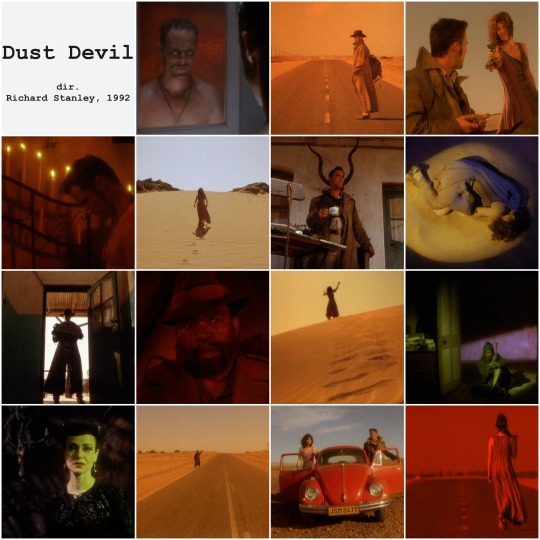
Dust Devil
directed by Richard Stanley, 1992
#Dust Devil#Richard Stanley#movie mosaics#Robert John Burke#Chelsea Field#Zakes Mokae#John Matshikiza#Terri Norton
6 notes
·
View notes
Text

Robert John Burke in Dust Devil (Richard Stanley, 1992)
Cast: Robert John Burke, Chelsea Field, Zakes Mokae, John Matshikiza, Rufus Swart, William Hootkins, Terry Norton, Marianne Sägebrecht. Screenplay: Richard Stanley. Cinematography: Steven Chivers. Production design: Joseph Bennett. Film editing: Paul Carlin, Jamie Macdermott, Derek Trigg. Music: Simon Boswell.
Dust Devil is a mess, but it’s sometimes a gorgeous mess, as in the moment when its characters, after a long time in the Namibian desert, reach the edge of the Fish River Canyon. Richard Stanley aspires to myth and magic but falls short, possibly because his story and his actors aren’t capable of delivering them. No matter, because it’s a film that often perplexes and startles through images and incidents that may not fit into a satisfactory whole but have their own lingering power. Robert John Burke plays a Dust Devil, the physical embodiment of desert winds, who makes his way through the desert preying on humans, though to what purpose is never really clear. One of his prey is Wendy (Chelsea Field), a woman who has fled her abusive husband (Rufus Swart) and picks up the hitchhiking Dust Devil on her way toward the sea. The Dust Devil himself is being tracked by police sergeant Ben Mukurob (Zakes Mokae), on suspicion of having murdered another woman and torched her house. Mukurob is skeptical of the counsel given him by a Namibian medicine man, a Sangoma called Joe Niemand (John Matshikiza, who also narrates the opening), that the killing was the work of a Dust Devil. The interactions of the three, Wendy, Mukurob, and the Dust Devil, form the narrative, which sputters a little toward the end, but cinematographer Steven Chivers’s visions of the desert keep the film going. Dust Devil was originally a two-hour movie, but underwent several cuts along the way. The Criterion Channel’s version runs about 87 minutes, but there’s also a “final cut” version of 108 minutes and a “director’s cut” of 103 minutes.
1 note
·
View note
Text
Dust Devil

Is Richard Stanley’s DUST DEVIL (1992, Criterion Channel) an art film with horror elements or a horror film pretending to be an art film? It’s hard to tell. The print showing on Criterion Channel is nine minutes shorter than the version released as “The Final Cut” and 18 minutes shorter than the director’s cut released in England. Stanley has said the material cut from the first act helps the film make more sense, and certainly the version I saw doesn’t hold together logically. A hunky Texan (Robert Burke) possessed by the Nhadiep, a South African serial killer, wanders Namibia looking for people who want to die, which is basically anybody who offers him a ride (hey, we were warned not to pick up hitchhikers). After killing a lonely married woman he’s seduced and a young man (there’s no footage to suggest there was a seduction there), he encounters a woman (Chelsea Field) fleeing her abusive husband (Rufus Swart), At the same time, a local police detective (Zakes Mokae) is trying to solve the murders. The film is visually and aurally compelling, with beautiful location photography by Steven Chivers and a persuasive score by Simon Boswell. It’s particularly powerful in the first sequence involving the married woman, which plays almost silently. But then people start talking, and even Mokae is saddled with dialogue that just doesn’t sound natural. The mystical narration by a local healer (John Matshikiza) seems to be treating the story as some great myth at first, but after a while it just sounds absurd, like something you’d hear in a bad folklore paper. At least Matshikiza delivers his line with some spirit. Burke, who did good work in a recurring role on LAW AND ORDER: SVU, is directed to delivers his lines in a monotone, so when he starts waxing poetic you may want to take up smoking for an excuse to step out. After a while you’re waiting for Matshikiza and Mokae to show up and bring some life to the poetry, but even they can’t bring sense to a plot that goes all over the place. And there are no rules to Burke’s supernatural character, Halfway through the film, we learn he has the power to control the elements. And he can appear and vanish freely, which makes one wonder why he has to chase Field when she tries to run away from him. There are suggestions that the film is an allegory for Namibia’s bloody battle for independence from South Africa, but with no logic to hold on to, that just seems like an empty embellishment, a garnish you’re not supposed to eat.
1 note
·
View note
Text

Zakes Mokae (August 5, 1934 - September 11, 2009) was born in Johannesburg, South Africa, he was a jazz saxophonist. Moving to England in 1961, he trained at the Royal Academy of Dramatic Art and became one of the most distinguished thespians in South Africa for over two decades.
He was one of the few actors capable of crossing the divided racial sections, punctuated by his collaborations with white writer Athol Fugard. Together they founded the radical theater group The Rehearsal Room in the 50s that specifically dealt with his country’s injustices. In fact, over the years his performances in “The Blood Knot,” “Boesman and Lena,” “A Lesson from Aloes” and “Master Harold...and the Boys,” have been universally applauded.
He fled the racist apartheid policies in South Africa in 1969 and migrated to America, winning a Tony award in 1982 for “Master Harold...” and proceeded to perform in American films, including A Dry White Season (1989), A Rage in Harlem (1991) and Waterworld (1995). TV appearances included strong appearances on such programs as “Law & Order,” “Dream On,” “Oz,” “X-Files,” “The West Wing” and “Monk.”
He moved to Las Vegas and served as artistic director for the Nevada Shakespeare Company. #africanhistory365 #africanexcellence
2 notes
·
View notes
Text
Happy Birthday 🎂 🥳 🎉 🎈 🎁 🎊 To You
The Legendary & Iconic President Actor Who Saved The World 🌎 From An Alien 👽 Invasion In 1996
No Seriously I Mean That 😁
He was born December 17, 1953, in Hornell, New York, the son of Dr. James Pullman Jr. (1914–1992), a physician, and Johanna Wilamina Pullman (née Blaas; 1911–1993), a nurse.
After graduating from Hornell High School in 1971, he attended the State University of New York at Delhi (SUNY Delhi) and the State University of New York at Oneonta (SUNY Oneonta) in the 1970s, receiving a Bachelor of Arts degree in Theater Studies from the latter in 1975. He eventually received his Master of Fine Arts degree from the University of Massachusetts Amherst in 1980. He taught theater at SUNY Delhi and was an adjunct professor at Montana State University's School of Film and Photography in Bozeman, Montana, where his students persuaded him to pursue film roles.
During the 1980s, Pullman worked primarily with theater companies around New York and Los Angeles. His first prominent film role was in Ruthless People, starring Danny DeVito and Bette Midler. Other notable films included the lead in Spaceballs (1987), The Serpent and the Rainbow (with Zakes Mokae), Casper and While You Were Sleeping (both 1995).
In 1996, He Played The Role Of A Lifetime
As
President of the United States In The 1# Sci-fi Film Of 1996 & Of The 21st Century
Independence Day 🇺🇸🗽🎇🎆👽.
Pullman has also had a long stage acting career. He has appeared on Broadway several times, including in Edward Albee's The Goat, or Who Is Sylvia? in 2002.
He is an American actor. After graduating with a Master of Fine Arts degree in theater, he was an adjunct professor at Montana State University before deciding to pursue acting. He made his film debut in Ruthless People (1986), and starred in Spaceballs (1987), The Accidental Tourist (1988), Sleepless in Seattle (1993), While You Were Sleeping (1995), Casper (1995), Independence Day (1996), Lost Highway (1997), and Lake Placid (1999). He has appeared frequently on television, usually in TV films. Starting in the 2000s he has also acted in miniseries and regular series, such as Torchwood (2011), starring roles in 1600 Penn (2012–13) and The Sinner (2017–2021). In 2021, he had a recurring role in the miniseries Halston.
PLEASE WISH THIS LEGENDARY PRESIDENT ACTOR WHO SAVED US ALL 🇺🇸 FROM AN ALIEN 👽 INVASION
TWICE
A VERY HAPPY BIRTHDAY 🎂 🥳 🎉 🎈 🎁 🎊
YOU KNOW HIM
YOU LOVE HIM
& WE WOULDN'T BE HERE ON EARTH 🌏🌍🌎
IF IT WASNT HIM & A FEW OTHERS
WE WOULD HAVE NEVER SURVIVED THE WAR OF 1996
PLEASE GIVE IT UP FOR
THE 1 & ONLY
MR. BILL PULLMAN AKA PRESIDENT THOMAS WHITMORE OF INDEPENDENCE DAY 🇺🇸🗽🎇🎆👽
HAPPY 70TH BIRTHDAY 🎂 🥳 🎉 🎈 🎁 🎊 TO YOU MR. PULLMAN & HERE'S TO MANY MORE YEARS TO COME.
IN THE IMMORTAL WORDS OF PRESIDENT THOMAS WHITMORE.
WE'RE GONNA LIVE ON
WE'RE GONNA SURVIVE
TODAY WE CELEBRATE
OUR INDEPENDENCE DAY 🇺🇸🗽🎇🎆👽 #BillPullman #SpaceBalls #Casper #IndependenceDay #LakePlacid #TheSinner #DrJamesHarvey #PresidentThomasWhitmore




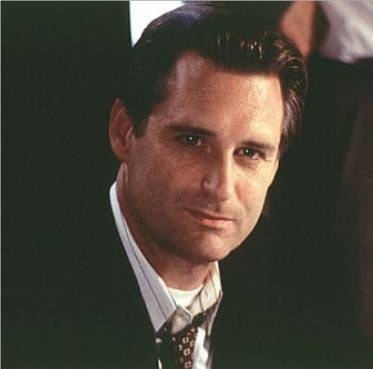
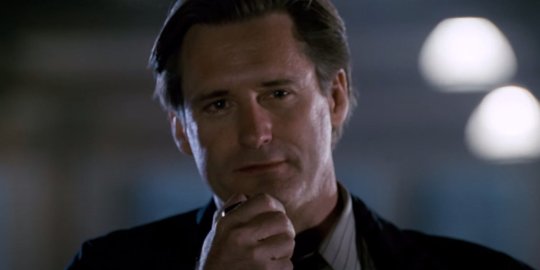
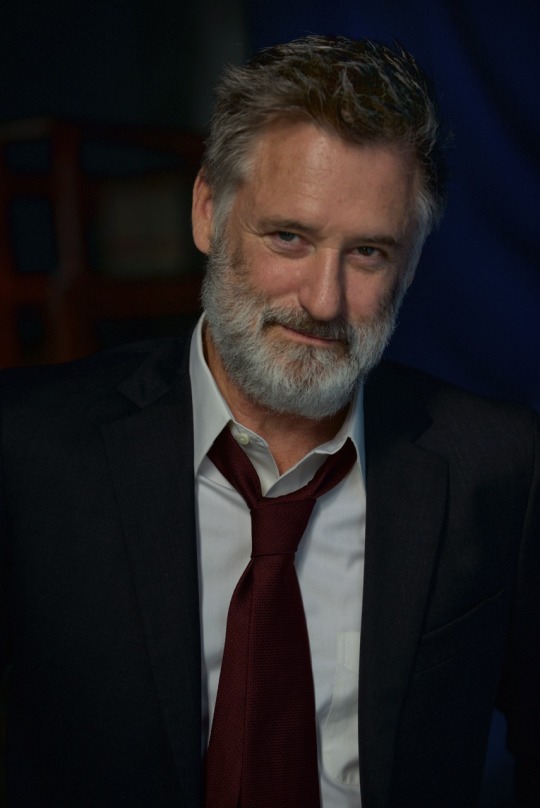
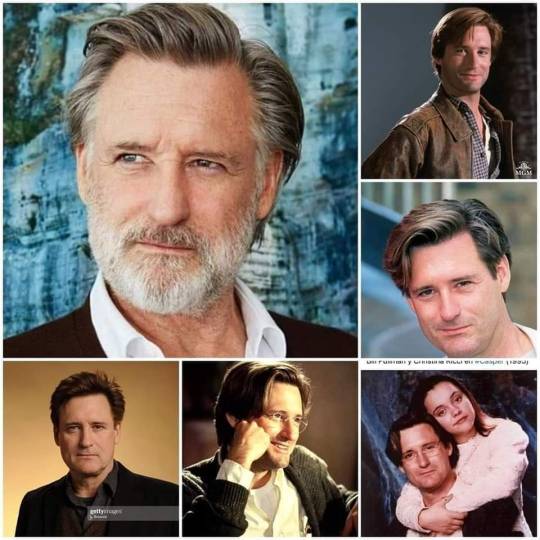


#Bill Pullman#SpaceBalls#Casper#Independence Day#Lake Placid#The Sinner#Dr James Harvey#President Thomas J Whitmore#Spotify
2 notes
·
View notes
Text
🐍🌈The Serpent and the Rainbow (1988) dir. Wes Craven and starring Bill Pullman. The script by Richard Maxwell and Adam Rodman is loosely based on the non-fiction book of the same name by ethnobotanist Wade Davis.

🇭🇹The film differs from many other films in that it includes real voodoo elements. An example of this is the moon goddess Erzulie. Voodoo is above all an ancestral worship. Similar elements are found in all cultures. The soul of the dead (manes) has similar features to the mythology of the ancient Greeks (daimons).🇬🇷

👨🍳I think the best thing about the film is that voodoo is presented as it is, a mixture of cultures, a melting pot. This has been one of the most significant factors in the history of witchcraft in the background of witchcraft and magic trials (witch processes). The people have lived alongside new culture and past customs, these are mixed and this has not been acceptable to the state. There is a desire to get rid of old ways, because they were dangerous and threatening politically and psychologically.🤔

🌍This was also a reality in the lives of slaves imported from Africa. All their symbols related to their indigenous religion were punishable, the punishments were in addition to imprisonment, whipping and hanging. ⛓
Listen more 🎧: Voodoo films, history of vodoun…

🛋Cultural mental health research is interested in considering that if an immigrant has a background of bad spirits associated with a mental disorder, can psychiatry unequivocally determine that a patient is delusional? I think Craven’s film also deals with this theme to some extent.

🎭The final solution to the film is silly and very 80’s. Bill Pullman is a kind of Indiana Jones, but not in a very racist way, and not very superior way. Zakes Mokae is very 80’s type of toturer, psychopath and ultimate bad oppressor. This is again very US (white) vs. THEM (black) movie. Admittedly, even in this film, the representation of the wild, erotic and exotic remains for the woman (witch) Erzulie, played by Trinitadian Cathy Tyson. Perhaps too black woman was ”too much” for this role?

⭐️⭐️⭐️⭐️
Read more books!
Sources: Davis 1985, Krzywinska 2001

youtube
#voodoo#serpent and the rainbow#wes craven#wade davis#horror film#movies#folklore#witch#shamanism#magick#haiti#bill pullman#witchcraft#psychology#psychoanalysis#SoundCloud#Youtube
6 notes
·
View notes
Text
Oh My Horror Challenge 2024 Week 1: Body Parts (1991)
Oh My Horror Challenge 2024 Week 1: Body Parts (1991) #BodyParts #bodyhorror #crime #90shorror #horror #Film #Review #ohmyhorrorchallenge
Body Parts (1991)
Director: Eric Red
Cast: Jeff Fahey, Lindsay Duncan, Kim Delaney, Zakes Mokae, Brad Dourif, John Walsh, Peter Murnik, Paul Ben-Victor
After losing his arm in a car accident, a criminal psychologist has it replaced with a limb that belonged to a serial killer. – IMDB
In the realm of body horror, Body Parts definitely fits the definition solely by its title even if it is far…

View On WordPress
#90s Horror#Body Horror#Body Parts#crime#Film#Horror#movie#Movie Reviews#Oh My Horror Challenge#postaday#Review
0 notes
Text



2023 Horror Challenge: [33/?]
↳“The pain I cause you, in the room upstairs, is nothing to the pain I can cause in your own mind. Remember that.“ The Serpent and the Rainbow (1988) dir. Wes Craven
Plot: An anthropologist goes to Haiti after hearing rumors about a drug used by black magic practitioners to turn people into zombies.
Starring: Bill Pullman, Cathy Tyson, Zakes Mokae & Paul Winfield
I've meant to watch this one how many times but I never got around to it. I definitely meant to last year after seeing its mention in Part III of the In Search of Darkness trilogy but I wasn't able to find it. I also think I was a little hesitant because I would always see mixed reactions about it so I didn't quite know what to expect. I mean, it's Wes Craven. There's plenty of his movies that I love but that doesn't mean every single one is gonna be a guaranteed winner. I do think it's meant to be a well-intentioned movie with him challenging our perception of the word 'zombie' and its origins while also being a commentary on racism. I did wanna like it more than I ended up feeling about it afterwards cuz I think it had the potential to be even better than it was to get its message across since I think it gets a little lost in the second half because it becomes very action heavy but it was quite memorable. Certain scenes stayed with me for sure. Obviously the coffin scene with Bill Pullman because the camerawork in it is top-notch and he did such a good job. I had such a visceral reaction to it tbh. Also, both during the snake scene (if you've seen this, you know which scene I mean) and his torture scene with Zakes Mokae's character. That man played his part so well he had me terrified. lol Honestly, it's just a really interesting movie to have to write about because I do think it's good. I don't know if I can call it great but it does make you think about things, that's for sure. Definitely won't forget it.
1 note
·
View note
Text

Vampire in Brooklyn (1995)
In the wake of her mother's death in a mental institution, detective Rita Veder (Angela Bassett) is assigned to a baffling serial murder case. After examining the crime scene -- a corpse-filled ship found adrift at sea -- Rita meets Maximilian (Eddie Murphy), a smooth-talking Caribbean playboy determined to romance her. When Rita begins suffering from crippling hallucinations, she calls upon Dr. Zeko (Zakes Mokae), an occultist who suspects a vampire is on the loose.
Eddie Murphy wanted to work with director Wes Craven because he was a big fan of his movies including The Last House on the Left (1972), The Serpent and the Rainbow (1988), and The People Under the Stairs (1991).
#vampire in brooklyn#wes craven#eddie murphy#Vernon lynch#charlie murphy#Michael lucker#Christopher Parker#angela bassett#Allen Payne#kadeem hardison#zakes mokae#movies#comedy#fantasy#horror#romance
102 notes
·
View notes
Photo

#vampire in brooklyn#movies#wes craven#eddie murphy#angela bassett#allen payne#kadeem hardison#zakes mokae#illustration#vintage art#alternative movie posters
8 notes
·
View notes
Photo


Dust Devil (Richard Stanley, 1992)
234 notes
·
View notes
Text
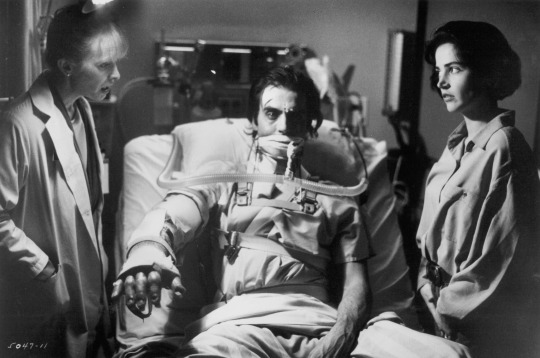
Lindsay Duncan, Jeff Fahey, and Kim Delaney in Body Parts (Eric Red, 1991)
Cast: Jeff Fahey, Lindsay Duncan, Kim Delaney, Zakes Mokae, Brad Dourif, John Walsh, Paul Ben-Victor, Peter Murnik. Screenplay: Patricia Herskovic, Joyce Taylor, Eric Red, Norman Snider, based on a novel by Pierre Boileau and Thomas Narcejac. Cinematography: Theo van de Sande. Production design: Bill Brodie. Editing: Anthony Redman. Music: Loek Dikker.
How can a movie with a car chase, a fight in a barroom, and an abundance of gore turn out so dull? Body Parts is based on an old trope, that of severed members taking on a life of their own. Adaptations of W.W. Jacobs's 1902 story "The Monkey's Paw" are so numerous they have a Wikipedia page of their own and Maurice Renard's 1920 novel Les Mains d'Orlac, about a concert pianist who receives the transplanted hands of a murderer, has been filmed several times, including Robert Wiene's 1924 silent The Hands of Orlac and Karl Freund's 1935 Mad Love, starring Peter Lorre. The many adaptations of Mary Shelley's Frankenstein also play on the notion of reanimated body parts. But it's not that the idea behind Eric Red's movie has been done to death, so to speak, it's that Red and the various screenwriters who worked on the movie find so little new and interesting to do with it. It's adapted from a 1965 novel, Choice Cuts, by the writing team known as Boileau-Narcejac, who provided the source material for some much better movies: Diabolique (aka Les Diaboliques, Henri-Georges Clouzot, 1955) and Vertigo (Alfred Hitchcock, 1958). The acting isn't bad. As Bill Chrushank, a psychiatrist who receives the arm of a murderer after losing his own in an auto accident, Jeff Fahey does a solid job of suggesting the ways the transplant brings out the worst in what may have been his own latent tendencies to violence. Lindsay Duncan plays the surgeon who does the transplant as a cold-blooded scientist with just a touch of hauteur that turns malevolent when her breakthrough technique is threatened. Brad Dourif overacts a little as the artist who receives the other arm and finds that it actually feeds his imagination and produces darkly disturbing paintings that sell. And Kim Delaney does what she can with the role of Chrushank's wife, who bears the brunt of his emotional transformation. But Red's direction never builds suspense, giving us time to anticipate the shocks we expect the material to provide. There's also a completely unearned "happy ending" that saps any lingering tension from what has gone before.
6 notes
·
View notes